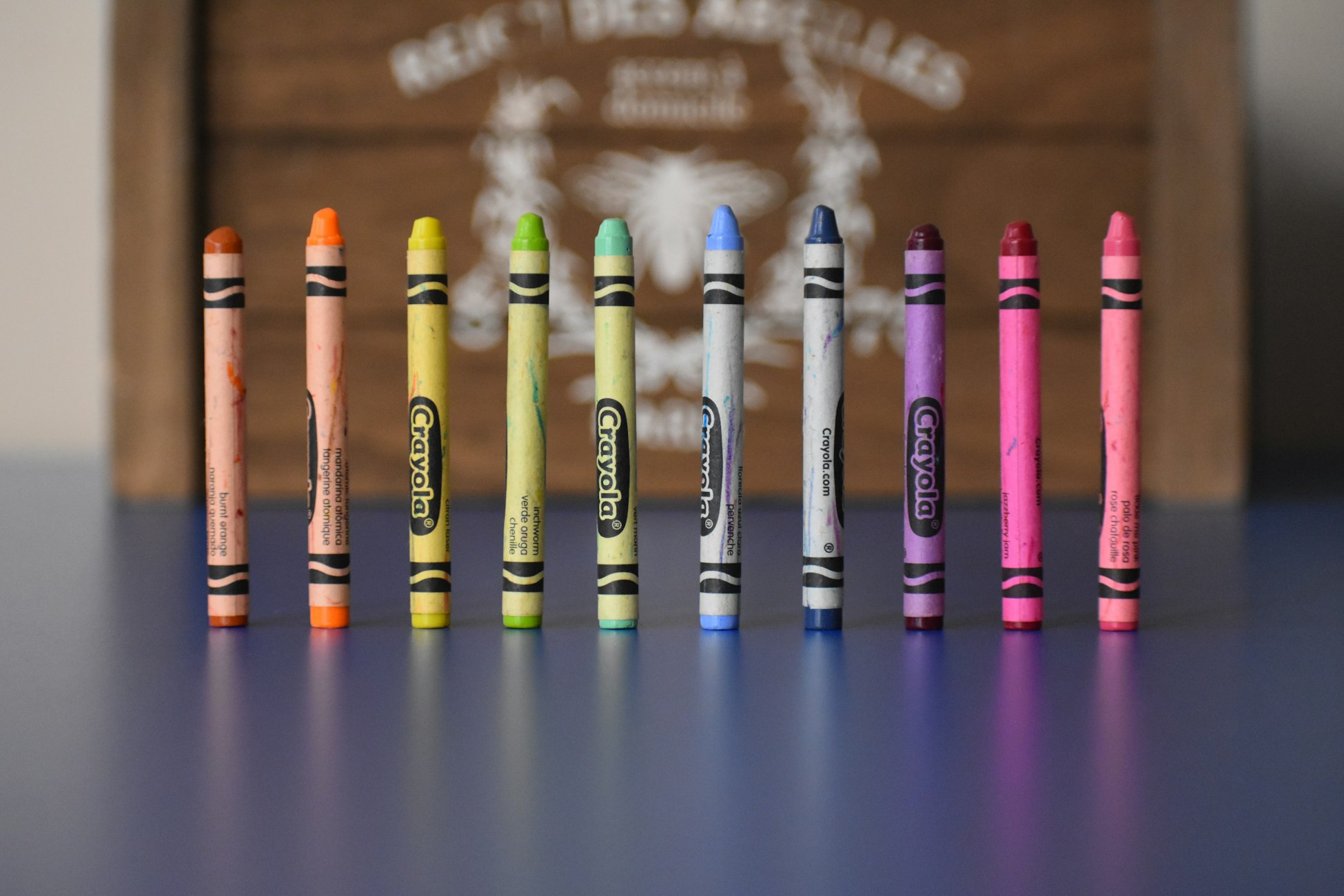

Create Dynamic Titles and Favicons with Nuxt
According to a study by the University of Myself, 98.87% of developers don't pay attention to the title or the favicon of their webapps.
That browser tab is where your app is going to live since the user opens it, goes to Twitter on another tab, spends 30 minutes liking dog memes and then comes back to you.
There are a lot of states that happen in your application in the background: Incoming messages, Notifications, Deploys, you name it... Sometimes the best place to put an indicator to that state is just the browser tab.
In our case, with remate.io, we have Projects the team can work on. A project has a unique color that identifies it. You can hop from one project to another, go to github, open issues, review that extra semicolon and then get back to the app (or not). When we are tracking our network tab looks like

This seems rocket science, but in fact is quite easy with Nuxt and its head method.
Nuxt.js uses vue-meta under the hood to update the headers and html attributes of your application. So we can do something like
export default {
head () {
return {
title: 'Nuxt is awesome!',
}
}
}
The fun fact is that head function acts like a computed, so it's reevaluated each time a dependency inside of it changes!
With that in mind, let's create a simple example: A dynamic page that gets a slug by route param with some categories in it
// _slug.vue
export default {
data() {
return {
slug: this.$route.params.slug,
categories: [
{ slug: 'geography', name: 'Geography', color: 'rgb(66, 153, 225)' },
{ slug: 'history', name: 'History', color: 'rgb(236, 201, 75)' },
{ slug: 'sports', name: 'Sports', color: 'rgb(237, 137, 54)' },
]
}
}
}
Now, lets update the title of the page using the name of the category
export default {
data() {
return {
slug: this.$route.params.slug,
categories: [
{ slug: 'geography', name: 'Geography', color: 'rgb(66, 153, 225)' },
{ slug: 'history', name: 'History', color: 'rgb(236, 201, 75)' },
{ slug: 'sports', name: 'Sports', color: 'rgb(237, 137, 54)' },
]
}
},
computed: {
category() {
return this.categories.find(c => c.slug === this.slug) || {}
}
},
head() {
return {
title: this.category.name,
}
}
}
Easy right? Let's go crazy and update the favicon too! As you might know, you can use SVGs as favicons. This feature allows you to be more dynamic. For this example let's just use an inline SVG with a circle.
export default {
data() {
return {
slug: this.$route.params.slug,
categories: [
{ slug: 'geography', name: 'Geography', color: 'rgb(66, 153, 225)' },
{ slug: 'history', name: 'History', color: 'rgb(236, 201, 75)' },
{ slug: 'sports', name: 'Sports', color: 'rgb(237, 137, 54)' },
]
}
},
computed: {
category() {
return this.categories.find(c => c.slug === this.slug) || {}
}
},
head() {
return {
title: this.category.name,
link: [
{
rel: 'icon',
type: 'image/svg+xml',
href: `data:image/svg+xml,
<svg
width="32"
height="32"
viewBox="0 0 32 32"
fill="none"
style="color: ${this.category.color};"
xmlns="http://www.w3.org/2000/svg"
><circle cx="16" cy="16" r="15.0049" fill="currentColor" /></svg>`,
},
],
}
}
}
What we are doing here is simple. We are drawing an SVG and styling it with the color of the category. Inside, there is a circle that takes the currentColor and uses it in the fill property. The result for the Sport category will be an orange circle!

You can checkout this repo and fork it out if you want to see it in action.